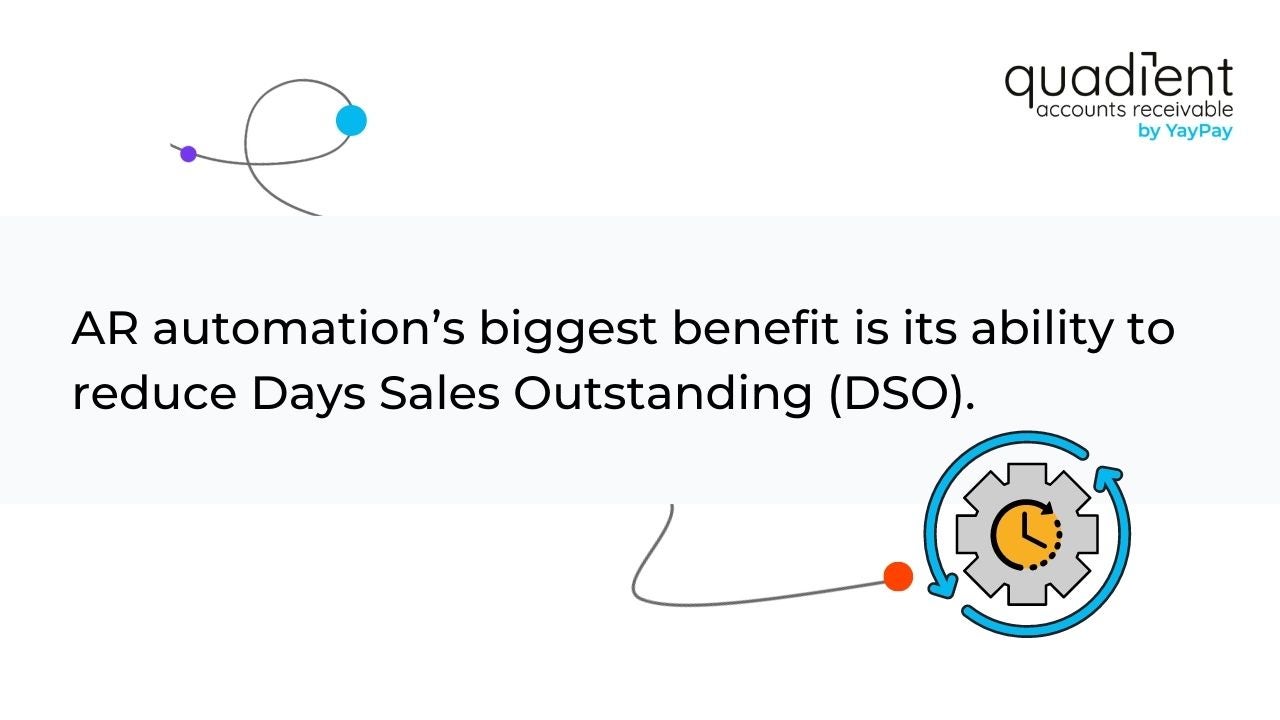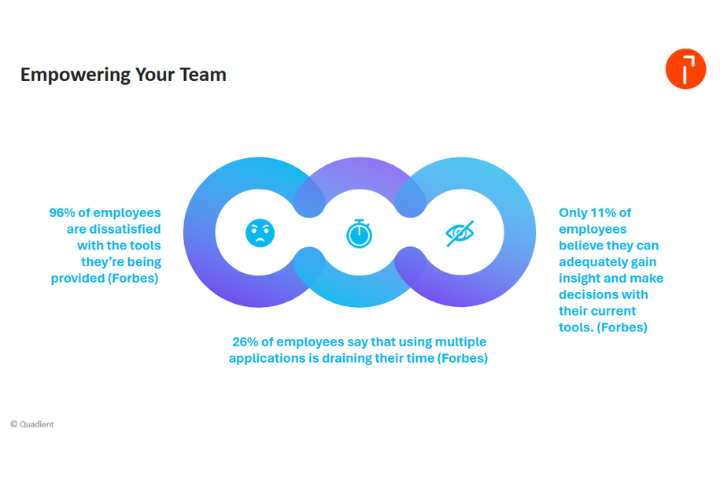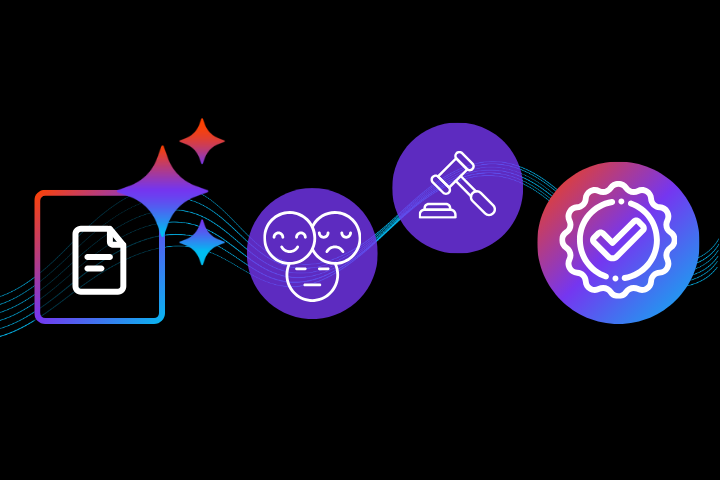Introduction
Accounts receivable (AR) automation and accounts payable (AP) automation are both forms of software designed to liberate employees from the drudgery of manual accounting. Mundane data-entry-related tasks are accomplished with fewer errors and increased efficiency. AR and AP are really two sides of the same coin. Continue reading for more on what AR and AP automation is and the benefits of automation.
What are AR automation and AP automation?
Before automation, both AR and AP were human-managed functions. AR staff composed invoices, procured approval for the invoices, and then sent them to the customer's accounts payable department. AP staff managed incoming invoices, sent checks, and managed other accounting-related tasks.
In the 1990s and early 2000s when technology skyrocketed and the information era began, accounts receivable and accounts payable tagged along. It made sense for them to transition to tech; data entry is tiresome work and prone to human error. Transitioning the manual processes to technology made (and still does make) logical sense.
For accounts receivable, the entire order-to-cash cycle (OTC) was digitised. For accounts payable, the minutia of entering payment data into spreadsheets, obtaining approval, and acquiring postage became tasks that the system did for the accountants. Delays, misplaced files, and mistakes were hugely reduced.
Why switching to automation matters
You would think that transitioning to automation would be a no-brainer, but many businesses still have yet to make the switch. They may have legitimate reasons for doing so, but by not transitioning to automation, they’re more likely to run into cash flow problems. There are statistics to back this up.
According to a survey of over two thousand businesses, the businesses that continued to operate their AR and AP manually took 67% longer to collect their payments than the companies that used automated platforms.
This is due to poor operating structure in AR and AP departments. An AR team may be late on their invoice drafting process, and if AR is late, there’s a good chance AP will be late too. AP has no way of adhering to a schedule if they have no idea when they’ll receive the invoices from AR.
The same thing frequently happens vice-versa. The AP team might mismatch purchase orders to vendor bills (the invoices from AR) and send payment to the wrong account.
If it isn’t a data entry mistake, it might be something totally unpredictable, like spilling coffee on documents or a delay in receiving the payment in the mail due to it being a busy mailing period.
With how many different hands the invoice must shuffle through, the risk of misplaced documents, mismatched data, or damage is much higher than if it was all going through a computer. There are many more risks with physical bills than digital.
In the next section, we will explain further what AR automation and AP automation are, along with their individual benefits.
AR automation – explanation and benefits
To quickly remind you: AR automation is a digitised form of accounts receivable.
In the invoice drafting process, the client billing address, information, and account data are input into the system. The software receives this information once and auto-fills every invoice henceforth.
With these data, the user of the AR platform can tell the system how they want the invoice to be composed and when they want it to be sent.
AR automation’s biggest benefit is its ability to reduce Days Sales Outstanding. DSO is the number of days it takes for the business to receive payment for goods or services rendered. DSO is a metric of paramount importance to a business’s financial well-being.

The second major benefit that AR automation offers is relieving AR staff from having to repeatedly reach out to delinquent clients.
The platform can be automated to send periodic payment reminders. These notices remind the client of any approaching or overdue invoices that are awaiting payment. These notifications offer a link to the invoice, with a variety of payment options for the client to choose from.
The third major benefit – an unexpected benefit to the pioneers of AR automation – was how accounting automation improves customer satisfaction.
With invoices coming in when they’re scheduled to, and with less errors, invoice disputes or misunderstandings decrease. With the clients having the choice to pay their invoices with different payment methods, they are provided more convenience.
AP automation – explanation and benefits
The accounts payable department has a similar role to the Department of Treasury in any government. They are expected to uphold the obligation of paying off the companies’ debts. They’re accountable for disbursing money to their vendors, suppliers, and creditors who have loaned them money.
AP’s role and obligations are the same in its automated form, but it completes its tasks on a digital platform. Similar to AR automation platforms, multiple users can see which bills have yet to be paid and which might be overdue.
In traditional accounts payable, when an invoice would come in, the accountant would need to extract the relevant information into ledgers. This could become chaotic in a surge of incoming invoices. Imagine a table covered in paperwork, and an accountant pouring over it, trying to make sense of it all with deadlines looming.
AP automation reads invoices – multiple at a time – as they come in. It extracts the relevant information with Optical Character Recognition (OCR) technology and deposits it into the AP system. Not only is the data logged faster, but it instantly becomes accessible to all AP staff. All the data is safely encrypted, too.
The payment process has a few tripping hazards – such as mismatching Purchase Orders (POs) to vendor invoices, most notably. AP automation matches POs to invoices swiftly and without error.
Every AP department will have bills that are recurring. Similar to how one might automate their credit card statements to be paid at the time the balance is due, AP automation can be configured to pay these bills by their due dates, as well.
Like how accounts receivable automation sends payment reminder notifications to their clients, AP automation can send payment reminders to its own staff. The most important payments are prioritised first. This way payments are unlikely to be missed.
And last but not least, AP automation can handle the payment approval process. Routine invoices can be swiftly approved and sent. Payments that are unusual can be flagged by the system for explicit approval. This measure also greatly reduces the chance of fraud.
Conclusion
If your business has AR and AP departments, you might be wondering if it's beneficial to automate both. It should be said: automating both will require more intervention, more change, and more training for your staff. But the long-term benefits, the savings, and the advantage of using software that other businesses are using will make the transition worth it.
Automation reduces hours spent working on menial work. It reduces accounting errors. It’s been shown to improve the customer experience and the relationship between two entities doing business with each other. It also liberates employees in accounting to do more meaningful work. Work that reflects their individual talents, ideas, and creativity. With this possibility, employees are more likely to be satisfied with the work they do.







